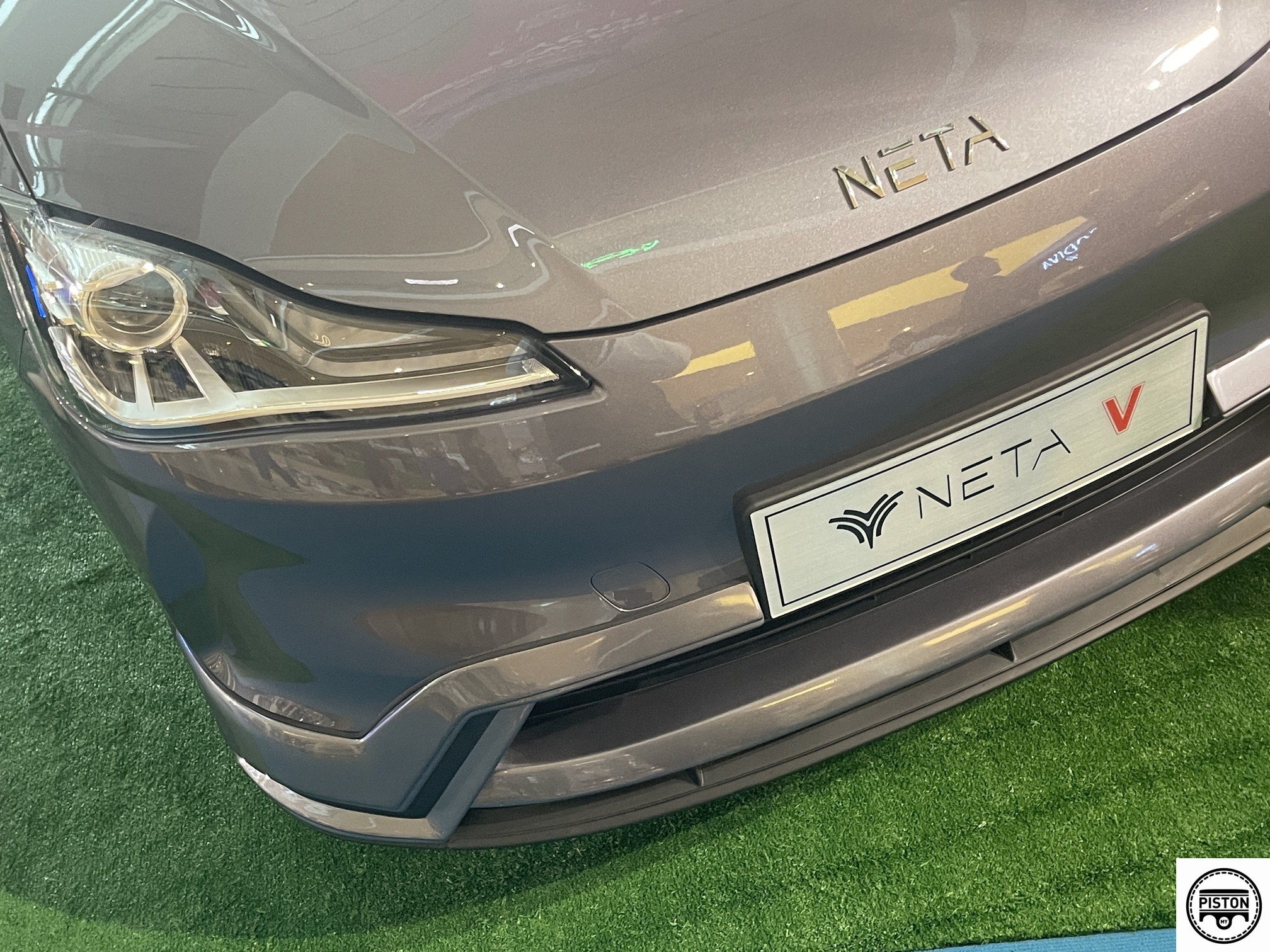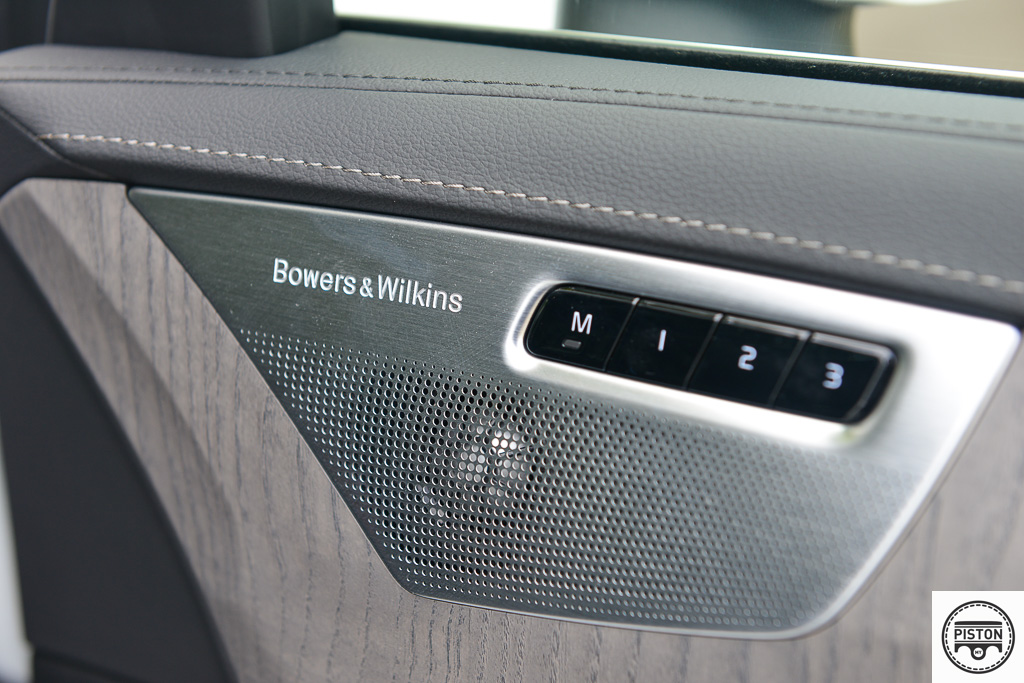Toyota warranty issues have revealed at least two engine failures in the GR86 sports car, which is related to the Subaru BRZ and is powered by the Subaru FA24D four-cylinder engine. Owners have reported potential problems with the car’s lubricating system, and at least one has opted to investigate more.
Brian Armstrong, the owner of a 2022 Subaru BRZ, claims to know three different people who have blown their cars’ FA24 engines on track, which prompted him to conduct this testing.
Armstrong fitted up two oil pressure sensors with data-logging capability to his and another’s vehicle in separate positions on the engine to try to pinpoint a potential problem. This data can be overlaid with engine RPM and other information when connected to the vehicle’s CAN bus.
The three cars were tested on the same day at Thunderhill Raceway Park in Willows, California, with the majority of the analysis taking place on the Thunderhill West section of the track. In addition to the two new FA24D-equipped cars, an older FA20-powered Subaru BRZ was tested as a control reference.
Armstrong’s testing of new FA24D-powered cars reveals regular reductions in oil pressure around hard right-hand corners, especially when turning in quickly or changing elevation. Slower, less aggressive right-hand turns do not appear to generate any declines. A pressure drop from 62 psi to 28 psi is recorded near Turn 5 on Thunderhill East, which is a huge 15kgs of pressure at high RPM.
Elevation changes combined with right-hand turns appear to be especially difficult for the vehicle’s lubricating system to keep up with, as the pressure reduction remains for some time in these cases.
Armstrong noted that these pressure drops are significant enough to cause bearing damage, even if not an immediate failure.
Similar problems seem to exist with the older FA20-equipped BRZ when making right turns, though not to the same degree as their larger 2.4-litre cousin. On the 2017 model, there are occasional brief downward spikes, but nothing as frequent or significant as in the newer models.
The other Toyota tested in the video had its pan dropped to inspect for room temperature vulcanizing (RTV), the sealant that has been identified as a potential failure spot, but Armstrong’s car hasn’t. Although Armstrong claims the new rubber is not as grippy as what is available on the car from the factory, both cars have new tyres and modestly adjusted suspensions. Oil coolers are the only significant lubricating system change made to both vehicles.
Only one BRZ and one new GR86 are included in the testing of new cars. Before anyone makes any damning conclusions, further study under various circumstances needs to be conducted. Though, the fact that an inexperienced driver was able to duplicate the results so easily is notable. The testing was carried out on the same day on the same track with the same equipment, and the specifications of the two cars are remarkably similar.
What Armstrong is demonstrating here may not be a smoking gun, but it’s a very strong hint that the FA24D’s lubrication system may have issues when travelling at high speeds and that RTV-related obstructions or constraints may make matters worse if the engine is already oil-starved.
To perhaps stop some of these oil pressure decreases, Armstrong intends to continue testing his car using aftermarket parts.
Armstrong is clear in his recommendations to owners. Check that your oil level is correct, install an oil cooler if you’re experiencing high temperatures, and take the pan into consideration as well. A heavier-weight oil could also be beneficial, at least on the track.
A publication has reached out to Toyota and Subaru for comment on Armstrong’s findings but has yet to hear back from either.
It is not immediately clear if Malaysian cars are affected, but we would be careful during track days.





















